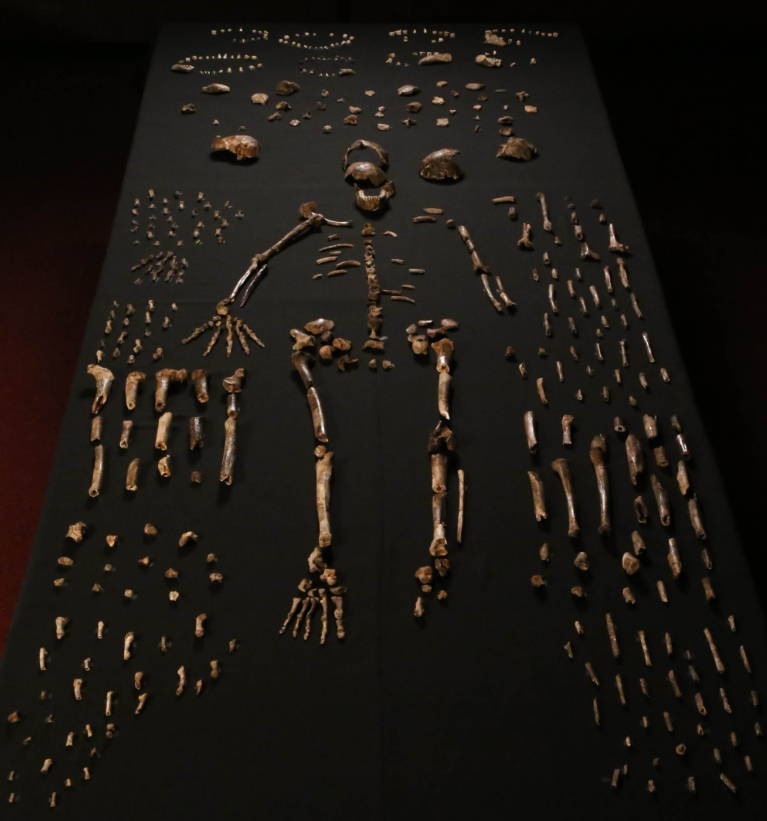 There’s a lot about human history that modern man doesn’t understand yet. When I was doing research for our story last spring on the oldest known murder, research on Homo heidelbergensis led to somewhat murky conclusions as to its place on the evolutionary timeline. H. heidelbergensis is related to us enough to share the same genus (Homo), but whether we evolved from them or on a completely separate, parallel branch of the ancestral tree is unclear. But last week, a new piece of our ancestral puzzle slid into place when a huge story broke about the discovery of yet another human relative.
There’s a lot about human history that modern man doesn’t understand yet. When I was doing research for our story last spring on the oldest known murder, research on Homo heidelbergensis led to somewhat murky conclusions as to its place on the evolutionary timeline. H. heidelbergensis is related to us enough to share the same genus (Homo), but whether we evolved from them or on a completely separate, parallel branch of the ancestral tree is unclear. But last week, a new piece of our ancestral puzzle slid into place when a huge story broke about the discovery of yet another human relative.
Two recreational cavers, Steven Tucker and Rick Hunter, were exploring a cave called the Rising Star, located thirty miles northwest of Johannesburg, South Africa, in an area called the Cradle of Humankind because of the sheer number of fossils of early man discovered there during the early twentieth century. Chances of finding new fossils a century later were minimal, but they were willing to give it a try.
The Rising Star is known for its accessibility only to the most slender and wiry of cavers. It has several passages that narrow to a mere seven and a half inches in width, so exploration of the cave is somewhat restricted. But when these two men passed beyond these significant hurdles and found themselves in the final chamber, they discovered a scattering of ancient bones lying on the sedimentary surface of the cave.
Dr. Lee Burger, a paleoanthropologist working at University of the Witwatersrand in Johannesburg, had asked area cavers to watch for fossils since he lacked the skills for extreme caving. His work involved the mysteries surrounding the evolution of the genus Homo two to three million years ago. Our most distant known relative is Australopithecus afarensis, of which Lucy is the most well-known example. Homo erectus is our nearest relative, but it is within the span between these two species that much of the murkiness, including Homo heidelbergensis, exists. Dr. Berger was convinced that missing pieces to the puzzle were still out there, just still hidden from view. When Tucker and Hunter showed him pictures of the Rising Star cavern, Berger knew that he had to act quickly before any other amateur cavers discovered what he knew to be primitive bones.
Knowing that Tucker and Hunter didn’t have the skills for an excavation, and that he lacked the skills and physique to enter the cavern himself, Berger put out the call for scientists experienced in both excavation and caving, and with a body form that would allow them entrance into the cavern. He chose six young women from nearly ten times that number of applicants. Over the next four weeks, as Berger and a team of scientists looked on from above with the help of over two miles of data and power cables, the women worked in rotating teams to excavate and remove more than 1,550 bones from fifteen individuals ranging in age from infant to adult.
Dr. Berger called in established scientists from all over the world to help with the skeletal analysis. As an aside, the scientist in me was thrilled to see that he also invited newly minted Ph.D. graduates to participate in what will likely be the find of their lives. The skeletons were divided into ‘workstations’ for each speciality—skulls, teeth, peripheral bones etc. And what they found was remarkable. The specimens were a bizarre combination of humanoid and primitive structures. While the finger bones were curved, indicating tree climbing was a crucial part of their existence, the opposable thumb, palm and wrist bones looked nearly modern. The shoulders and hip bones of the pelvis resembled Australopithecus afarensis’s Lucy, but the bottom of the pelvis and the lower legs and feet resembled modern man. While this was a species with bodies meant for climbing, they also had the long limbs and appropriate muscle attachment points for a bipedal gait.
But, the skulls were significantly different. Four skulls were found—two males and two females. The most notable difference is the size of the braincase—only 51 – 62% of the size of the modern braincase—with an accompanying tiny brain. This alone marks them as non-human since the human brain in all its wonderful complexity is what makes us the species at the top of the food chain, not by sheer strength, where we would not win, but because of our reasoning skills. Dr. Berger dubbed the species Homo naledi as naledi means ‘star’ in Soltho (a local South African language), a reference for the discovery in the Rising Star cave.
The mixed soil composition at the site of the dig has made dating the bones difficult, but researchers have hope that more complex methods may still be used to determine their age. As a result, scientists propose three different niches where H. naledi might have existed:
- If the bones prove to be older than three million years, then H. naledi would have co-existed with Australopithecus afarensis’s Lucy, perhaps negating the current theory that Lucy is our oldest relative.
- If the bones are between two and three million years old, then H. naledi is likely to be a transitional species between Australopithecus and our own genus Homo.
- If the bones are shown to be less than one million years old, then H. naledi may have co-existed with H. heidelbergensis, H. neanderthalensis, and even possibly with the very first Homo sapiens.
Another interesting facet of the discovery of the bones was their location in such a difficult to reach site. The distribution of the bones suggested they were deposited there purposely, and over a long period of time. The lack of animal tooth scoring on the bones indicated that their deaths were not due to animal attack. There was also no trace of ocean sediment to suggest the bodies might have been washed there accidentally. In the end, researchers concluded the bodies were placed there on purpose as part of a primitive funeral ceremony, unexpectedly advanced behaviour for such a species, and possibly the oldest known example of that behaviour in the ancestral human record.
Dr. Lee Berger is a remarkable scientist, more interested in his own research than the celebrity it might bring him. He involved other scientists whose specific knowledge exceeded his own in the interest of the best possible analysis, and he included junior scientists so they learned from the best and could share new out-of-the-box ideas. He waits patiently for the dating results to coalesce instead of jumping to headline-worthy conclusions, and he doesn’t seem interested in overturning current paleoanthropology as we know it. Instead, he pursues science for science’s own sake, and lets the truth of the data lead the way. Among the astonishing data he has presented to us, he may be the most impressive part of this new discovery. As a scientist myself, I take my hat off to you, Dr. Berger. Well done, indeed.
Want more reading? See the original scientific publication here, or the excellent National Geographic article of the discovery here.
Photo credit: Berger et al. in eLIFE



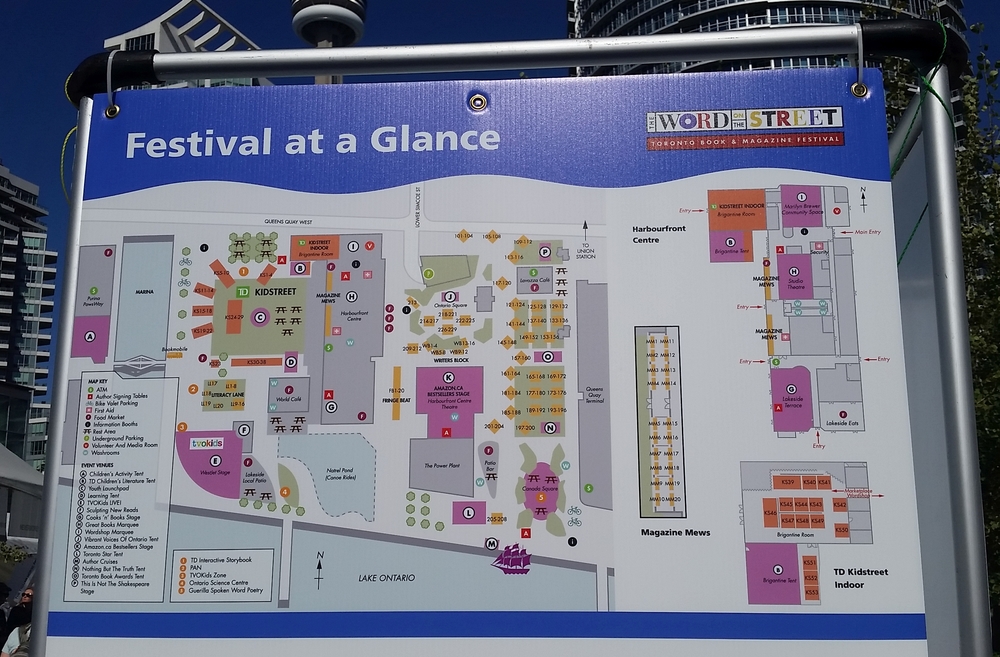




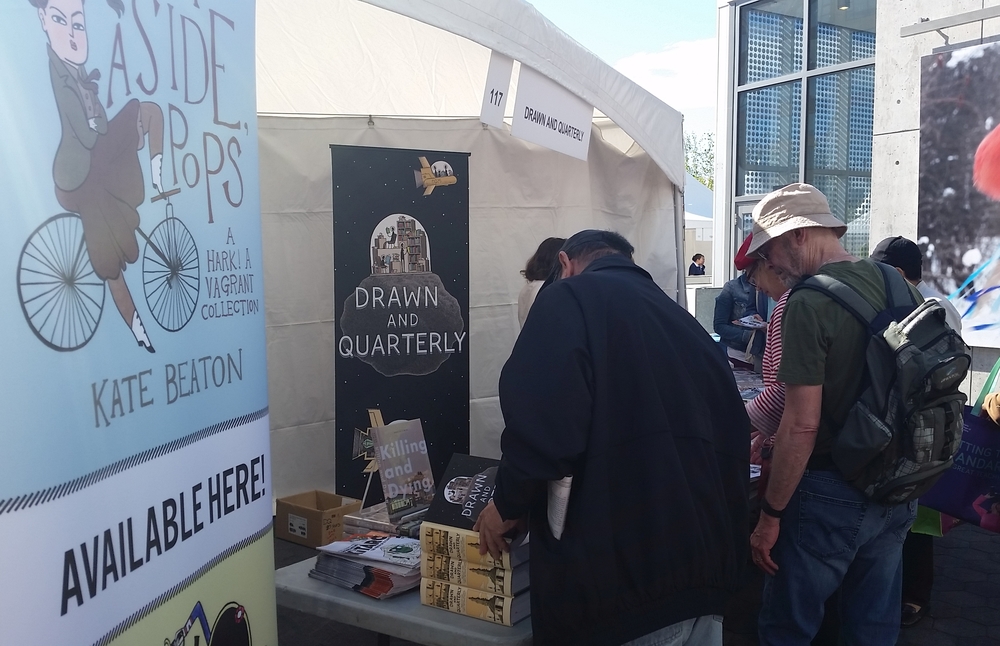








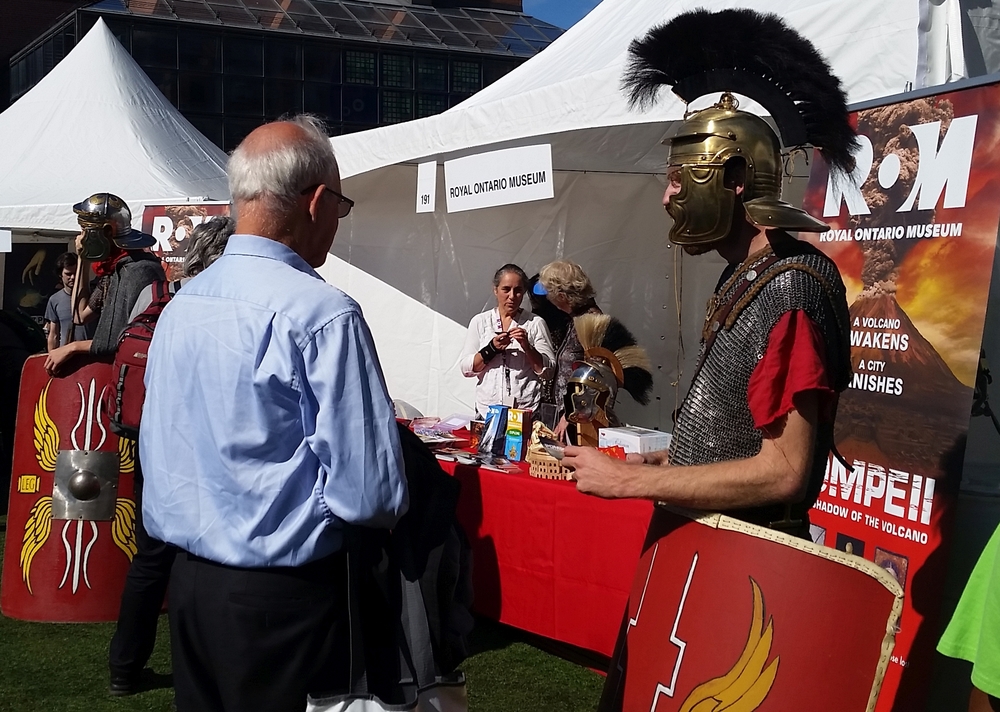


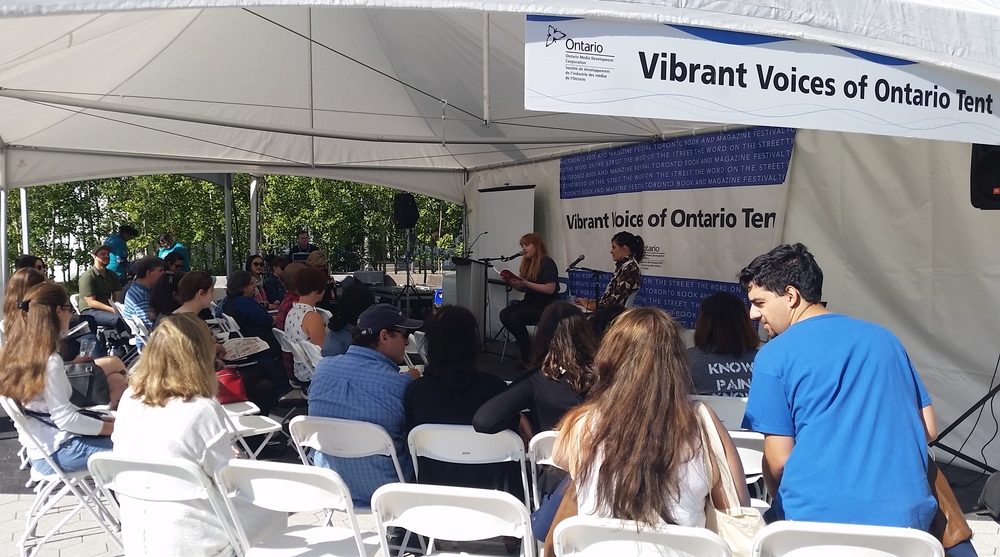

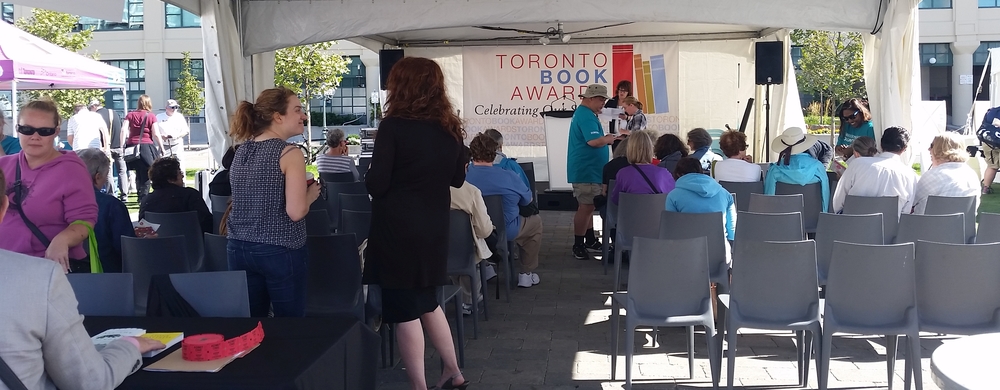

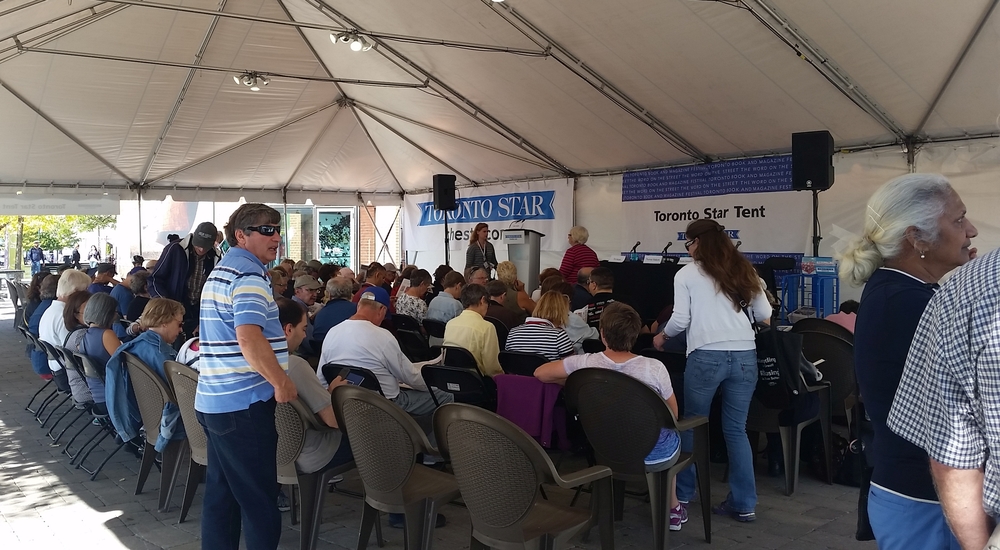



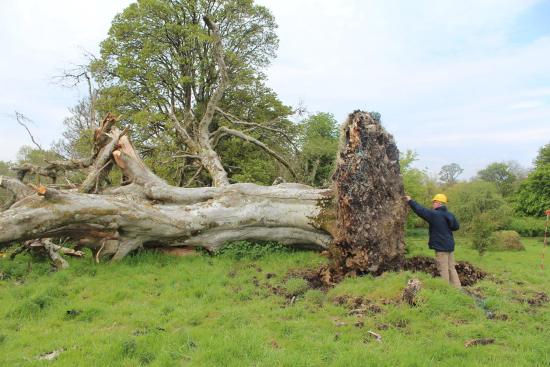

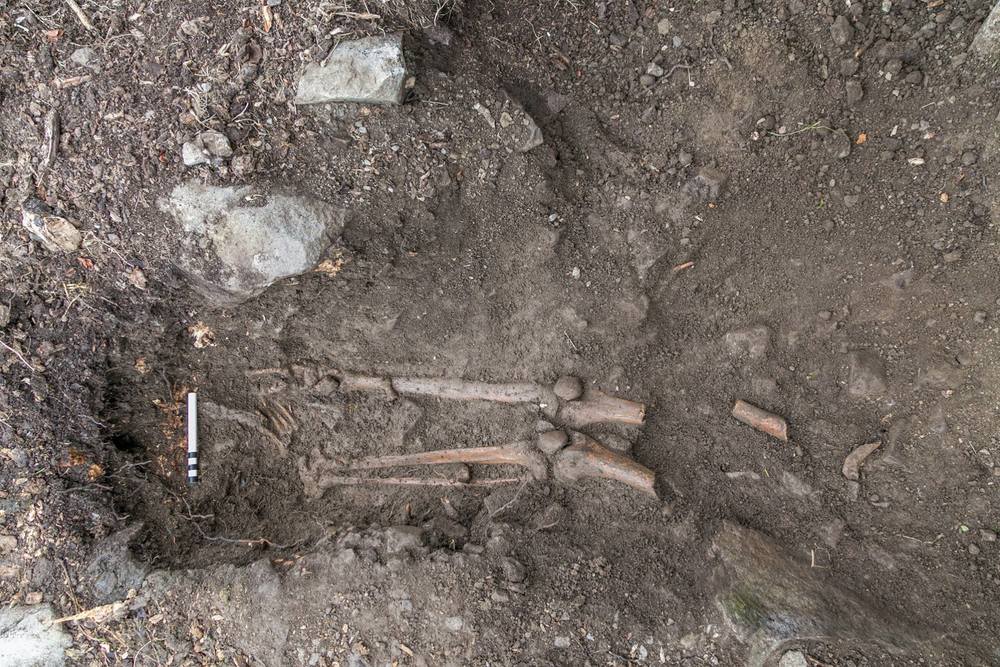



 12.1%
12.1%